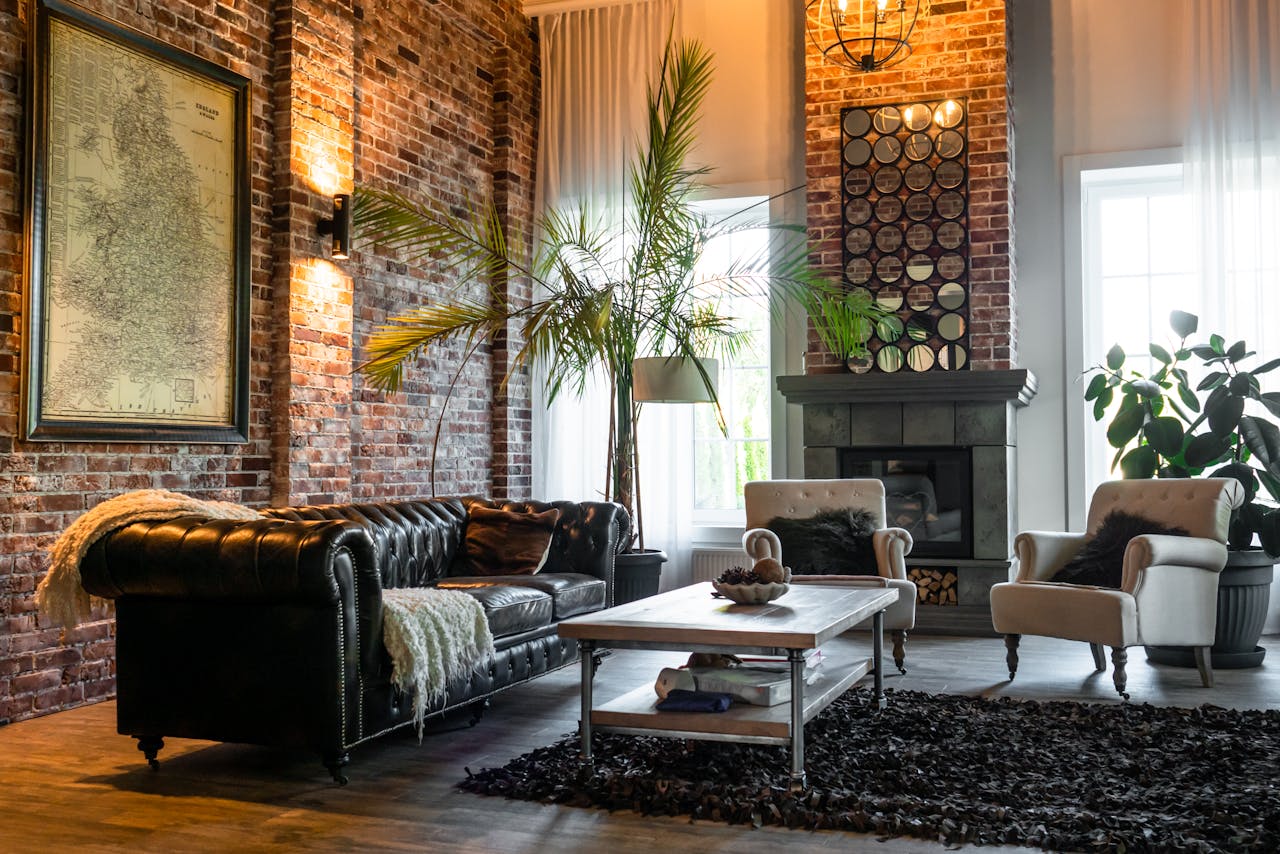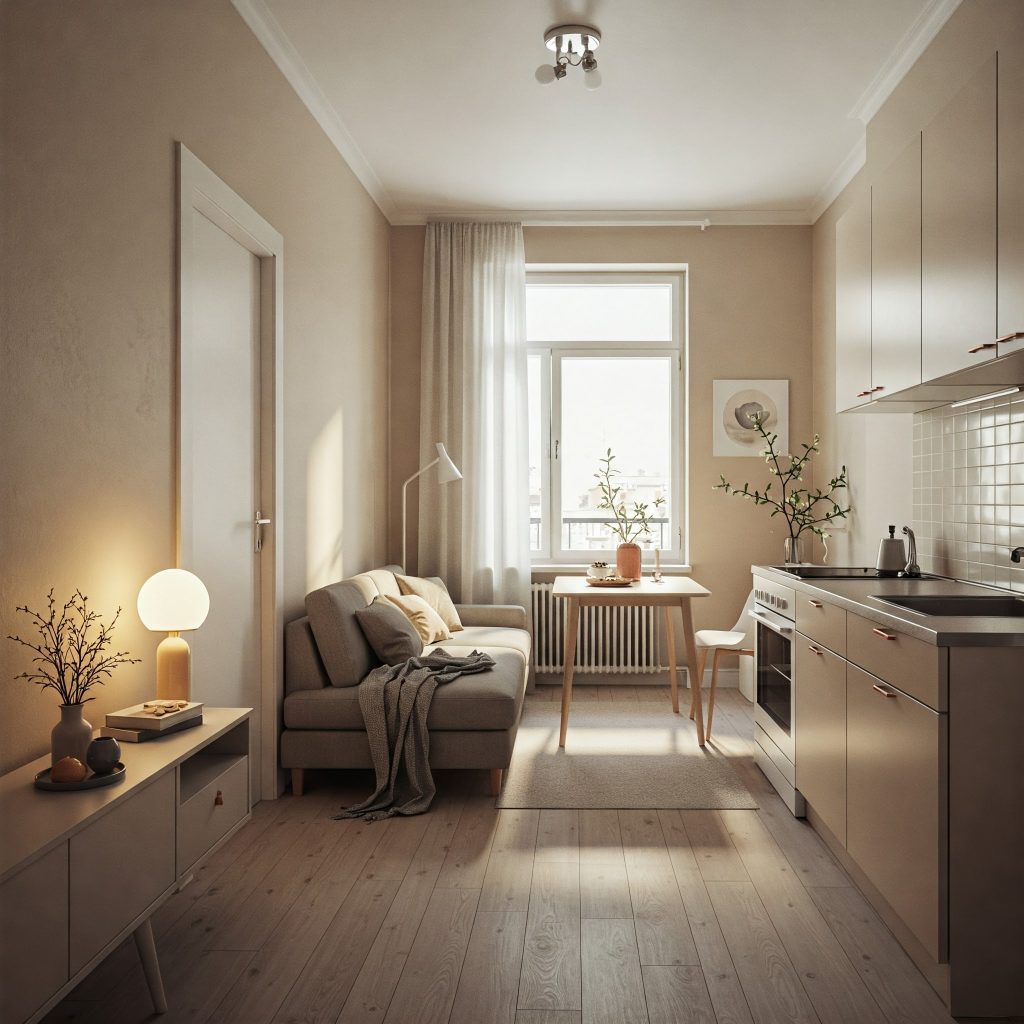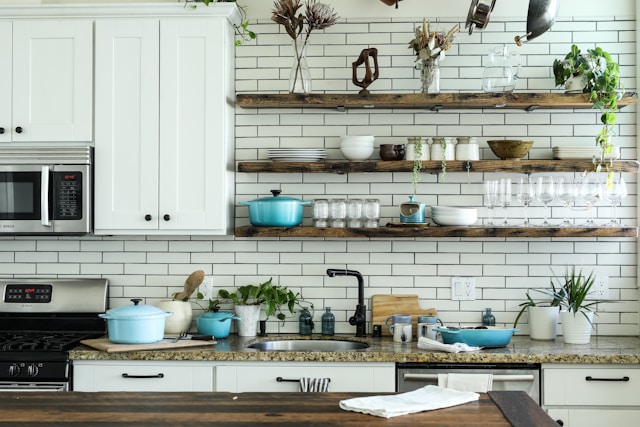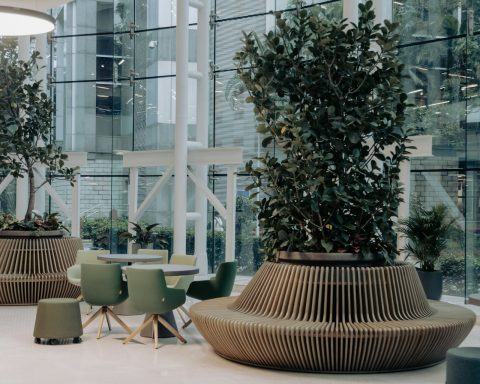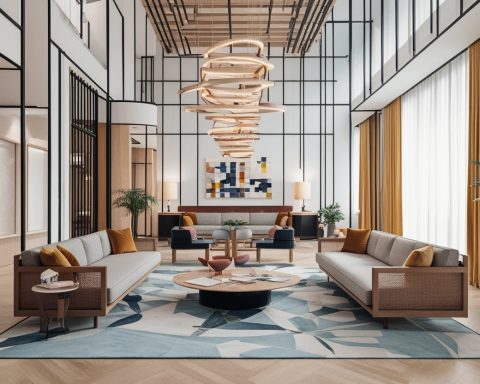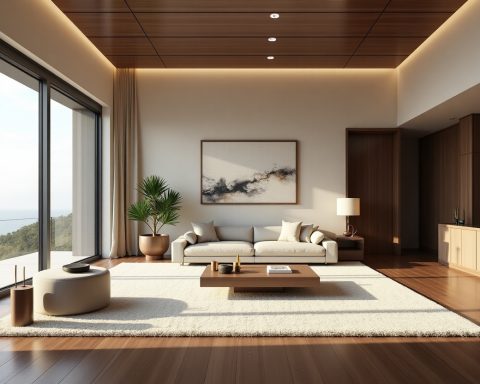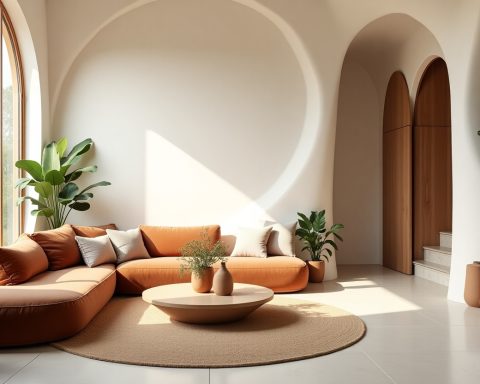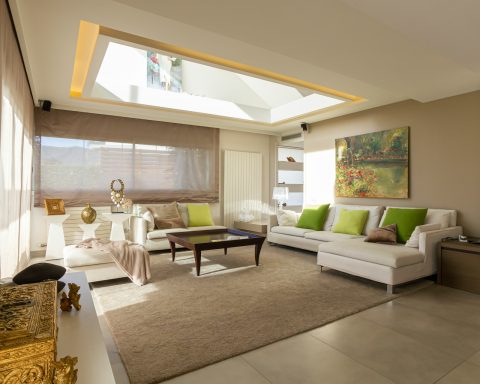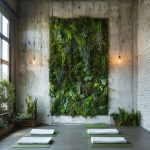In today’s design landscape, transforming cold, industrial interiors into warm, inviting spaces is more than a trend—it’s a necessity. Through intelligent interior architecture, we can reimagine even the most brutal environments into cozy, livable works of art. Industrial aesthetics, characterized by exposed concrete, steel beams, and minimalism, are being gracefully balanced with softer elements, resulting in sophisticated, human-centered interiors.
The Industrial Legacy: Embracing Raw Materials
Industrial design has long celebrated the honesty of raw materials. Concrete floors, exposed ductwork, brick walls, and metal structures form the core language of these spaces. Originally developed for factories and warehouses, this style was adopted into homes, lofts, and commercial properties to evoke strength, openness, and functionality.
However, the very elements that make industrial interiors unique can also contribute to an atmosphere that feels cold, sterile, and uninviting. The challenge lies in softening these features without compromising their architectural integrity.
Layering Textures: The First Step Toward Intimacy
Texture is the first key in shifting industrial spaces toward warmth. By introducing natural and tactile materials, we create layers that stimulate the senses and counteract the hardness of concrete and steel. Here’s how:
- Wooden accents in floors, furniture, and ceilings provide an instant grounding effect.
- Textiles such as wool throws, velvet cushions, and linen curtains introduce softness and movement.
- Rugs—particularly large-scale or handwoven options—break up expansive floor planes and define zones in open layouts.
- Natural stone, particularly marble or slate, adds a refined contrast without overpowering the raw backdrop.
The result is a space that feels rich, intimate, and curated, while still embracing its industrial roots.
Strategic Lighting: From Harsh to Harmonious
Lighting is an often underestimated yet crucial component in redefining industrial interiors. Harsh fluorescent tubes and bare bulbs may complement a warehouse aesthetic, but they do little to enhance ambiance. To create a more welcoming mood, consider these lighting strategies:
- Layered lighting design, combining ambient, task, and accent lighting, creates depth and variety.
- Warm temperature bulbs (2700K–3000K) soften the atmosphere instantly.
- Pendant lights with fabric or frosted glass shades introduce elegance and visual comfort.
- Floor and table lamps with organic forms serve as sculptural elements and break up hard lines.
Thoughtfully placed lighting does more than illuminate—it shapes emotion and adds soul to the space.
Color Psychology: Balancing Neutrals with Depth
Color plays a pivotal role in transitioning an environment from industrial to intimate. While monochrome palettes dominate industrial interiors, introducing depth through warm neutrals and earthy tones can change the entire perception of a room.
- Beiges, taupes, rust, and olive harmonize beautifully with gray concrete and black steel.
- Pastels like dusty rose or soft sage offer subtle softness without overwhelming the aesthetic.
- Accent walls painted in deep jewel tones like emerald or navy add drama and warmth simultaneously.
- Natural finishes on furniture and accessories contribute to visual and emotional balance.
The key is maintaining restraint—allowing color to enhance, not dominate, the structural narrative.
Zoning and Flow: Architecture with a Human Touch
Industrial spaces are often open-plan, which can be both a strength and a challenge. The lack of physical boundaries can lead to confusing spatial hierarchies. Interior architecture steps in to define zones, encouraging natural movement and interaction.
- Glass partitions with black steel frames maintain transparency while creating structure.
- Floating bookshelves, screens, or curtains delineate areas without solid walls.
- Multi-functional furniture, such as a dining bench with built-in storage, enhances flow while maximizing utility.
- Platform levels or subtle ceiling height changes offer spatial distinction and intimacy.
When the architecture responds to how people actually live and interact, the transformation from industrial to intimate becomes seamless.
Biophilic Integration: Nature as the Great Equalizer
Bringing elements of nature indoors is one of the most powerful ways to soften harsh environments. Biophilic design not only enhances aesthetics but also improves well-being. Here are some impactful techniques:
- Vertical gardens and hanging planters break the rigidity of industrial lines.
- Large-leafed indoor plants like Monstera or Fiddle Leaf Fig add life and organic structure.
- Natural light maximization, through skylights or large windows, encourages a dynamic connection to the outdoors.
- Materials like rattan, jute, and bamboo create a sense of earthiness and authenticity.
The infusion of greenery and natural elements creates harmony, reconnecting the interior with the world outside.
Furnishing with Intention: Blending Comfort with Character
Furnishings in softened industrial interiors need to balance modernity with coziness. Think less about matching and more about coexisting contrasts. Key approaches include:
- Mid-century and Scandinavian pieces that highlight clean lines and comfort.
- Vintage and artisanal furniture that introduces history and soul.
- Low-profile seating with plush upholstery that contrasts sleek concrete.
- Personal touches like books, ceramics, and textiles layered mindfully.
Choosing furnishings that evoke emotion, not just function, helps shift the mood from cold to compelling.
Art, Objects, and Storytelling: Curating Emotion
A final, yet vital step in creating intimacy is through curation of meaningful objects. Art is not just decoration—it’s emotion translated into form. In industrial interiors:
- Large abstract canvases soften walls while making bold statements.
- Photography in matte black or brass frames adds narrative and structure.
- Sculptures in natural stone or clay inject texture and curiosity.
- Collected artifacts—travel finds, heirlooms, handmade pieces—bring life and authenticity.
These layers tell a story that is uniquely personal, connecting the space to its inhabitants.
Conclusion: Harmony Between Form and Feeling
The journey from industrial to intimate is not about rejecting the former but elevating it. Through strategic interior architecture, intentional materials, and human-centered design, we create environments that are both visually stunning and deeply livable.
By softening the edges of industrial design, we strike a perfect harmony between strength and serenity—a home or space that not only looks good but feels right.
